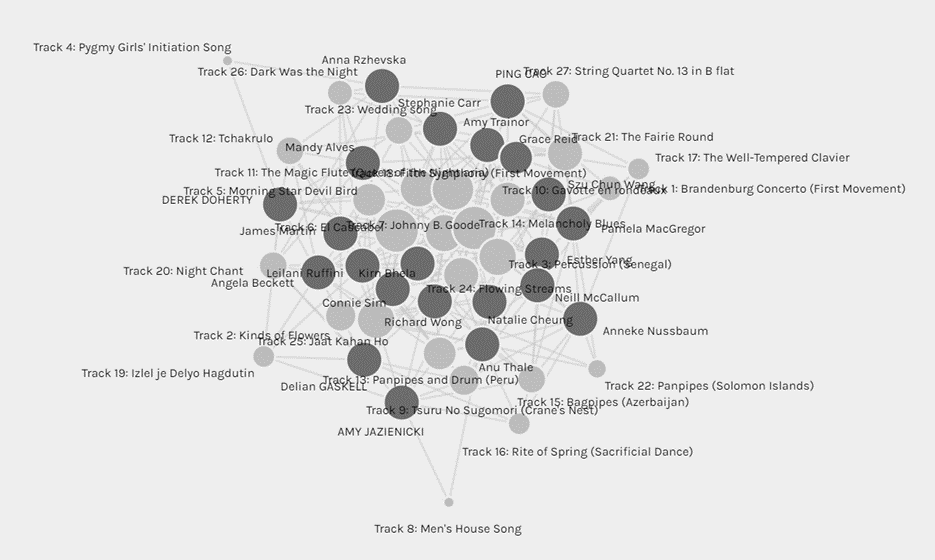To view my narratives, click the following link: Digitized Education: Utopia & Dystopia
The two narratives I created explored the career trajectory of an ambitious Instructional Technologist in utopian and dystopian futures, relying heavily on ‘what-if’ scenarios. Dunne and Ruby (2013) allude to the financial crash of 2008 and how a new wave of interest and thought around alternatives to our current systems could look. My ‘utopia’ narrative is how I would love the future of EdTech, as well as political and economic systems, to be; conversely, my ‘dystopia’ narrative is how I can conceptualize EdTech, politics, and economics converging in the worst ways based on how these systems operate now. Hariri (2017) writes that a revolution in education is necessitated to not only make the process itself more meaningful, but to prepare them for new jobs as many current jobs could become automated in the coming years. As such, the relationships between EdTech, politics, and economics are crucial to examine.
As the word ‘utopia’ suggests, my narrative leverages Dunne and Ruby’s (2013) summation of how technology is often conceptualized in this type of speculation: perfect people interacting with perfect technologies in perfect worlds. In my narrative, everyone from education professionals to parents are equipped not only with modern learning technologies, but with the appropriate ‘know-how’ and critical thinking skills to use them effectively. Further, political and economic systems function in this narrative so that such knowledge is accessible to everyone. When designing this narrative, I imagined my own ‘fantastical’ desires for the future at the intersection of EdTech, politics and economics: the ‘dystopian’ narrative served almost as a photo-negative version of the utopian speculation, examining just how severely that same intersection can exacerbate preexisting problems, such as the commercialization of post-secondary education. The dystopian narrative is a brief exercise in “dark design… driven by idealism and optimism… [which] aims to trigger shifts in perspective and understanding that open spaces for… unthought-of-possibilities” (Dunnes & Ruby, p. 43, 2013). I wanted to consider how the world of EdTech shapes – and is shaped by – political and economic forces. Additionally, Hariri (2017) asserts that old political and economic models no longer hold and that scholars should strive to create new ones: a great fear for the future is not so much exploitation, but instead irrelevance.
Though I did not explore the fear of irrelevance in-depth in this exercise, engaging in this task had me thinking more critically about which professions within education might be compromised or even eliminated as EdTech grows in global prominence. As for the utopian narrative, Dunne and Ruby (2013) remind us that such speculations are not intended to be manifested into reality but rather to sustain our idealism and always consider the alternatives we aim to build. Above all else, this thought experiment was extremely captivating for me as it directly impacts my own career path and sense of direction as I keenly observe the trends in both education (K-12, college, university, etc.), EdTech, and political and economic affairs.
References
Dunne, A. & Raby, F. (2013). Speculative Everything: Design, Fiction, and Social Dreaming. Cambridge: The MIT Press. Retrieved August 30, 2019, from Project MUSE database.
Hariri, Y. N. (2017). Reboot for the AI revolution. Nature International Weekly Journal of Science, 550(7676), 324-327.





